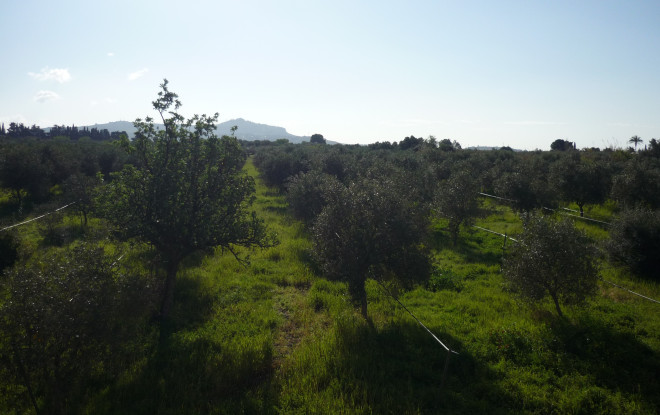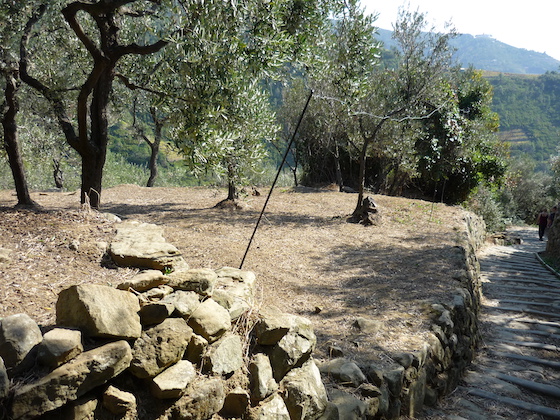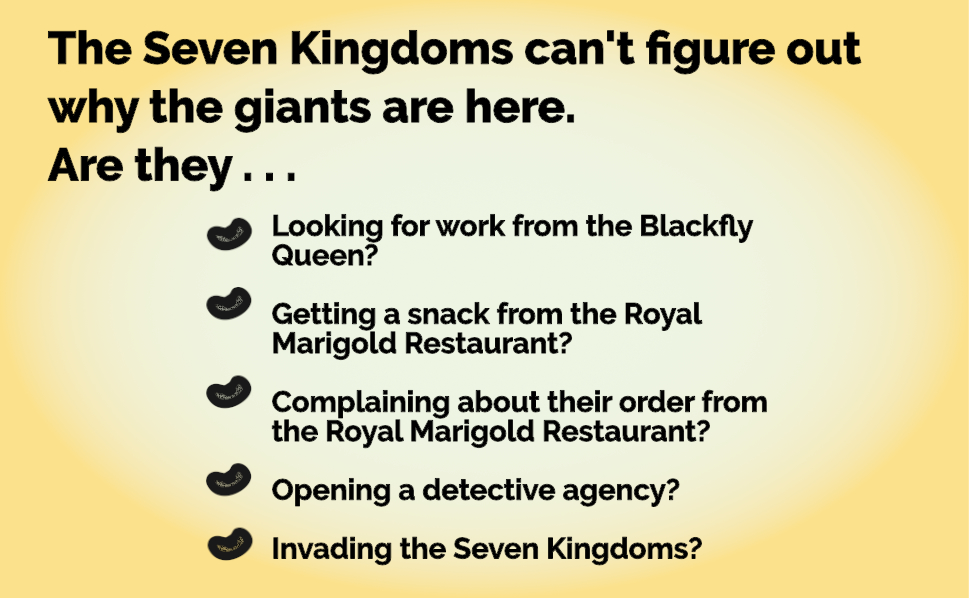
Our American car and German antifreeze
We have a supposedly American car, a Ford Fusion, but it lives in Germany, so it has to have German antifreeze. Natch.
Instead of 5-gallon, yellow, Prestone jugs, Germany has white, soda-bottle-sized Kühlerfrostschutz bottles.
I was a little leery of Kühlerfrostschutz, because buying oil for the car was a major research project, even after I copied down all the numbers from my two-volume car owner’s manual. I’ve lived in places with cold winters all of my life, so I get the 10W40 and 5W30 and such (thanks, Dad!).
Newsflash: Germany is the land of car drivers
Still, I was unprepared to be an oil buyer. In Germany, the make and model of my car influences the kind of oil. Really? Remember, it’s a Ford Fusion, not an airplane.
Newsflash: Germany is the land of car drivers. I somehow missed that. I was taken in by the excellent train system.
One thing is clear: NEVER mix your antifreeze
So, I was cautious about making an impulsive antifreeze purchase. The wrong kind might give my car culture shock. At a local building mart, I asked which antifreeze I should buy, figuring the Hellweg* would be as close to Target or Wallmart as I could get.
*(The name doesn’t mean what you’re thinking–it actually means path of light, but that’s only true at Christmas decoration season. The other building mart is called Obi which sounds like Star Wars, but isn’t.)
My first advisor said he thought the blue antifreeze was for newer cars and red was for older ones, but–maybe because he was half my age–we weren’t quite clear on what ‘older’ meant.
My second advisor said if the car had ‘red’ already in it, it should always get red, because you NEVER mix them. This seemed like an astonishingly simple answer for a car-related topic in Germany.
I asked if there could possibly be another color, but he was very firm: “There’s red and there’s blue.”
So I bought ‘red’, diluted it 50:50 with water, filled up my car, and felt generally virtuous and good-stewardly.
Back away from the Byzantine antifreeze!
At the grocery store, I found the same antifreeze for half the price. Forget all those rules about what to buy where. What’s worse, I found another color: purple!
What if the red and blue got mixed together one day at the factory and. . .presto, new product? I can’t tell you. I shut my eyes to the purple. It’s the color of Byzantine Emperors and has nothing to do with lowly writers. I remain true to ‘red’.
Shoe-polish olives?
While at the grocery store, I tried to buy black olives for salad. They all were labelled “geschwärzt” meaning ‘blacked’ like. . .uh, shoe-black.
I always thought black olives were ripe forms of green ones, in the same way that red sweet peppers are ripe forms of green peppers.
Another newsflash: Black olives can be simply ripe olives, but some have Eisen-II-Gluconat (E 579/ferrous gluconate) added to the brine to make them blacker or to ‘fix’ the black color. Evidently, this doesn’t make black olives a good source of dietary iron, but I’m not sure why not. If you find out, let me know.
After all that shopping, we've earned a rest . . .

The California Olive Committee describes something similar, so it’s not just in Germany.
Even if you don’t like olives, the photos in this “Beginner’s Guide to Olives: 14 Varieties to Try” will make you want to go visit all of the places they grow.
More about the 500 olive trees.
Best wishes with your purchases of whatever color! May your year be filled with happy meals featuring a healthy Mediterranean diet and safe transportation!
Culture shock is exhausting for the whole family
Give yourselves credit for figuring out new challenges.
Why not unwind with an adventure that tells the expat adventure like it really is?
Everyone at home thinks you live in a castle. That might be true, but you have to watch out for that Blackfly Queen every second!
And the seven newcomers outside the door are towering over the highest tower!


